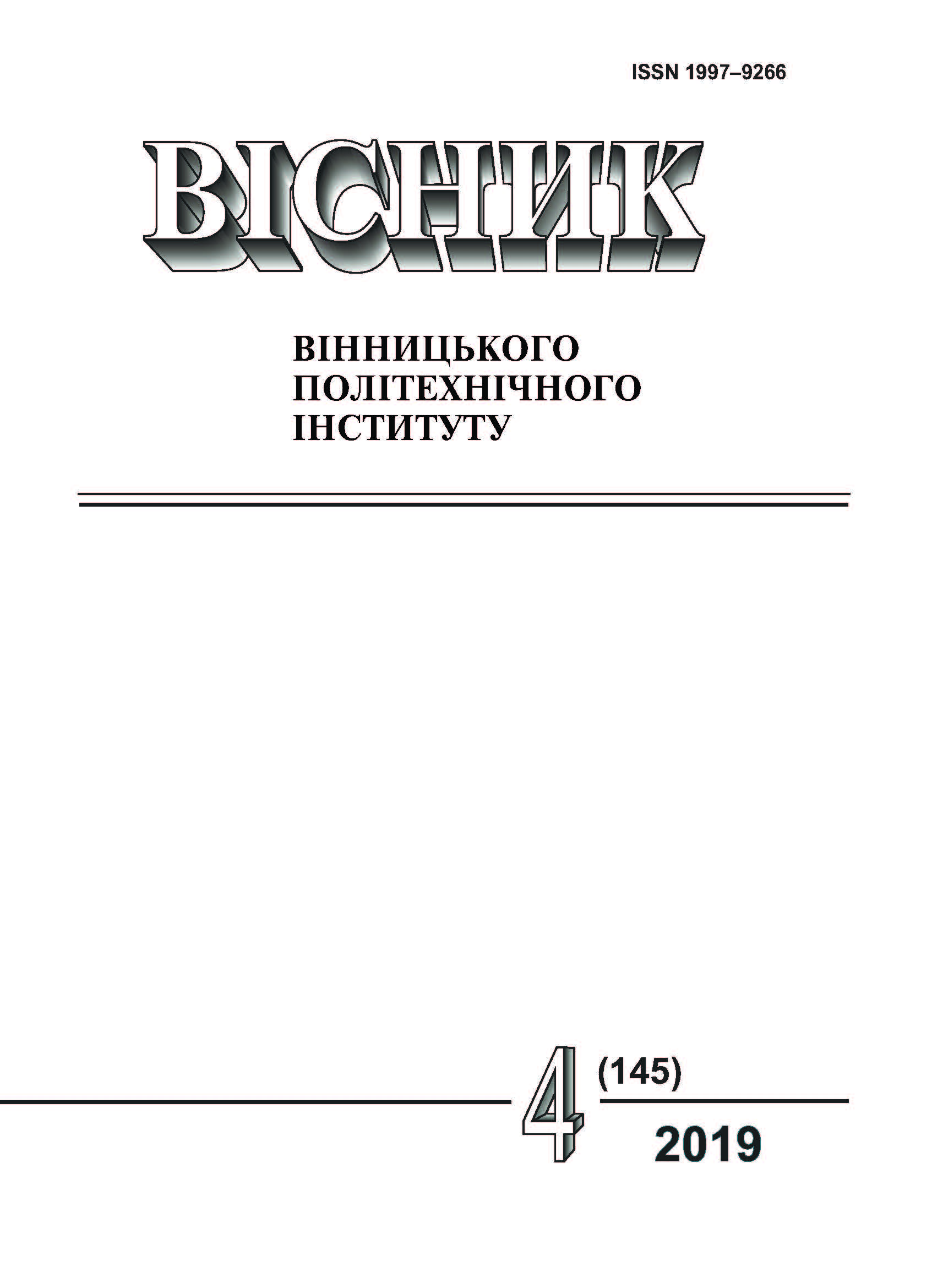Investigation of Temperature Influence on Physical Parameters of Semiconductor -Metoxo(Cuprum(II), Bismut(III)) Acetylacetonate
DOI:
https://doi.org/10.31649/1997-9266-2019-145-4-80-86Keywords:
induction, magnetic field, concentration, semiconductor, heterometal complex compoundsAbstract
Heterrometal complex compounds have a semiconductor type of conductivity, the operating temperature range of which depends on the nature of the central metal atoms, bridge ligands, stereochemistry of the metal-ligand environment, and can be used as a semiconductor material.
The method of synthesis of heterometal μ-methoxone (kuprum (II), bismuth (III)) acetylacetonate (I) has been developed.
An acetylacetonate of the composition Cu3Bi (AA 4 (OCH3) 5, where HAA = H3C–C (O)–CH2–C (O)–CH3, is synthesized in the semiconductor material μ-methoxy (cupram (II), bismuth (III). The purpose of the study is to study the influence of temperature on the physical parameters of the synthesized semiconductor material. Experimental measurements and theoretical calculations of dependencies of the basic physical parameters of this material on temperature and magnetic field are carried out. Thus, in the temperature range from 273 K to 493 K, the specific resistance decreased from 1,35⋅1014 Om to 1,5⋅10–4 Om; the resistance of the sample, in the dimensions 0,5×0,5×0,15 mm, at 273 K is equal to 9,01⋅1017 Оm, and at 493 К — 1 Оm; the concentration of charge carriers at a temperature of 273 K is 4,9 ⋅1017 m-3, at 323 K — 8,2⋅1023 m-3, whereas at a temperature of 493 K the carrier concentration is already 4,4⋅1035 m-3; the current value at a voltage of 1 V and a temperature of 273 K — I = 1,1⋅10–18 A, the maximum value of current is achieved at a temperature of 493 K — I = 0,99 A. The dependence of the Hallfield field intensity in the middle of the semiconductor on the induction of a magnetic field at different temperatures, and Voltage Volts show that the given values are not temperature dependent and coincide in one line. In the range from 0 to 200 mT, the Hall effect increases from 1,12⋅10–11 to 2,24⋅10–10 V, from 200 to 600 mT — from 2,24⋅10–10 V to 6,73⋅10–10 V and from 600 mT to 1000 mT — Hall's voltage rises from 6,73⋅10–10 to 1,12⋅10–9 V. It is proved that this material is a semiconductor, and with the carriers of the charge of both signs.
Downloads
-
PDF (Українська)
Downloads: 209
Published
How to Cite
Issue
Section
License
Authors who publish with this journal agree to the following terms:
- Authors retain copyright and grant the journal right of first publication.
- Authors are able to enter into separate, additional contractual arrangements for the non-exclusive distribution of the journal's published version of the work (e.g., post it to an institutional repository or publish it in a book), with an acknowledgment of its initial publication in this journal.
- Authors are permitted and encouraged to post their work online (e.g., in institutional repositories or on their website) prior to and during the submission process, as it can lead to productive exchanges, as well as earlier and greater citation of published work (See The Effect of Open Access).





